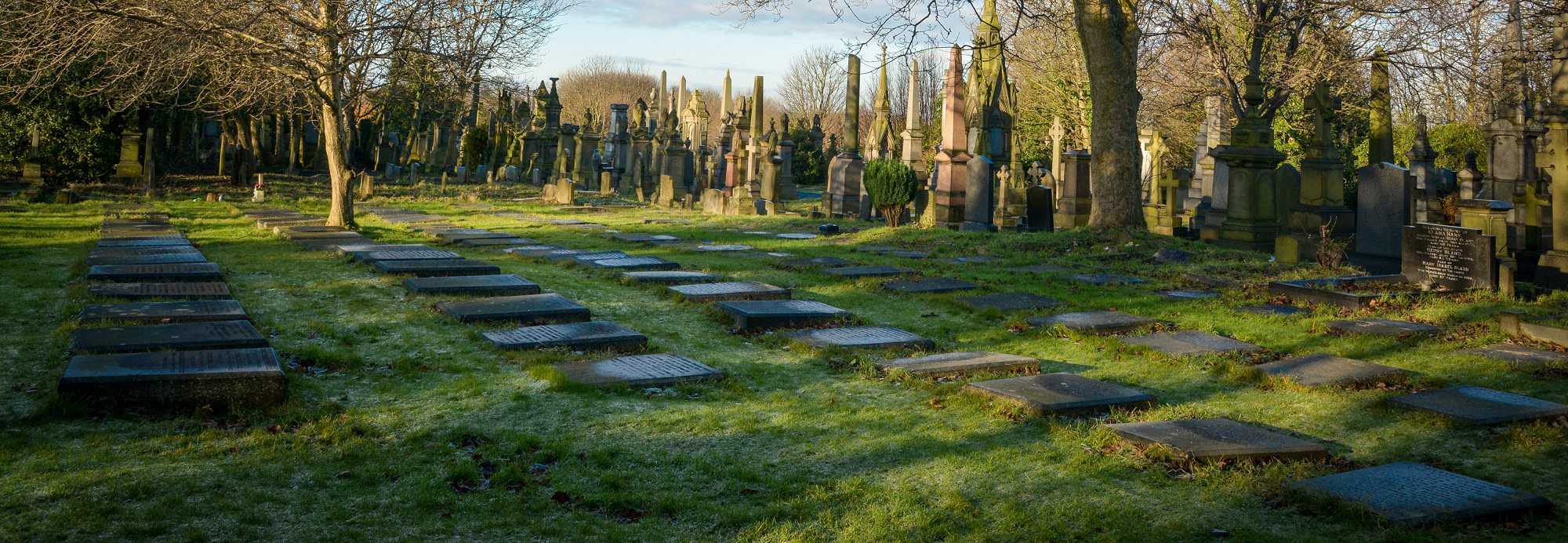Priestman Family
Prior to part of the family moving to Bradford the story of the Priestmans starts in Thornton Le Dale near Pickering. We can start with John Priestman who was the son of John and Ann Priestman. Both John senior and junior were tanners. On the 15 June 1763, John junior married Barbara Proctor, the daughter of Manuel and Barbara Proctor both deceased. John and Barbara appear to have had at least six children: Mary, Joshua, John, Stephen, Isaac, Thomas, and Barbara. John junior probably died in 1815 aged 77 which makes his birth date around 1738. Barbara died on 26 February 1822.
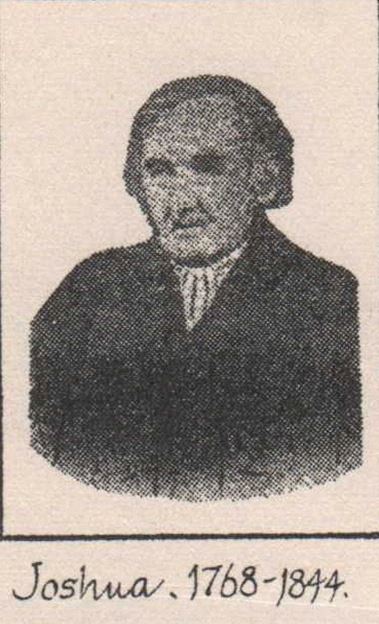
Their son Joshua born on 17 February 1768 married Hannah Hopkins on 19 September 1792. Hannah’s parents William and Hannah, both deceased, came from Gildersome where William was a clothier. Joshua is recorded as a miller.
Joshua and Hannah had at least seven children: Mary (b.1794),Rachel, Samuel (b. 1800), Joshua (b.1801) and John (b.1805),Jane (b.1807) and William (1809-1811). Mary married James Ellis of Hull, miller on 5 April 1815. James takes on the corn mill in Bradford. They had at least one son Joseph and a daughter Catherine. In 1851 the family are living at Milnerfield, Gilstead, Bingley where Joseph is recorded as a worsted spinner and manufacturer.
From this couple came two sons, Joshua (b.1801) and John (b.1805) who would settle in Bradford.

Joshua (b. 1801) married Jane Evans on 26 April 1826. At the time he was a farmer in the Malton.
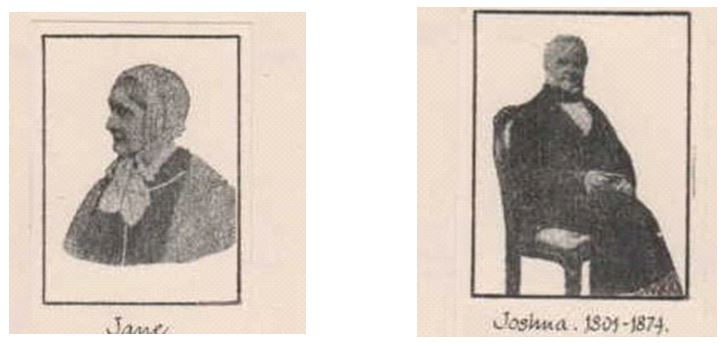
Joshua and Jane have at least three sons: John (b.1828) Alfred (b.1830) and Joseph (1833-1834). The eldest John, marries Henrietta Brady in 1851. Initially, John is a corn miller in Thornton Le Dale but then follows his Uncle John Priestman ** to Bradford.

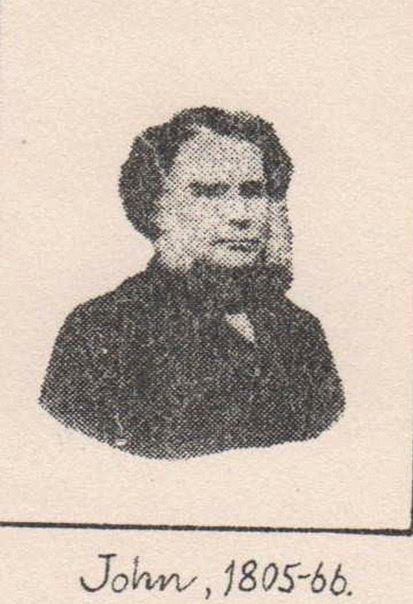
John ** (D202) was born in 1805 to Joshua and Hannah Priestman of Thornton le Dale Pickering. He attended the Friend’s school at Ackworth and then was apprenticed to an Uncle in York who was a tanner. However, aged 19 he left to join his brother in law James Ellis at Bradford to run the corn mill. His first marriage was to Sarah Burgess daughter of Joseph Burgess from Leicester in 1833. Sadly, Sarah died in 1849 leaving John with four sons, Joseph (1834-1851), Frederick, Edward and George and a daughter Ellen.
In 1852 he marries again, this time to Mary Smith (D202) daughter of Thomas Smith, miller of Uxbridge by whom John had a further two sons, Arnold a landscape artist and Walter.

When John joined James Ellis in Bradford to run the soke at Queens Mill, at Mill Bank (its presence now only marked by the street names Millergate and Got side),they started the ragged school for Bradford to provide education to the poor. It was held in an upper room in the mill. They paid the teacher’s salary. Both men were staunchly teetotal and refused to make malt which was used in the brewing trade. This was a great sacrifice as it was the most lucrative part of their trade.

A plan of the intended route of Sunbridge Road in the 1860’s, shows the position of the Soke Mills off Aldermanbury. A small school is marked adjacent to the Mills.
Like many Quakers John was committed to serving his community. From his arrival in Bradford, he became involved in several causes.
In 1832, with others he established the Friend’s Provident Institution which promoted success through hard work and temperance. He also worked tirelessly to promote temperance and to raise funds to build a temperance hall. He frequently spoke passionately about temperance.
In 1837 he was a committee member for the Miner’s Friends Society providing relief for miners injured in the pits of Bradford and surrounding areas and for widows of miners killed in the course of their work and their children.
He was renowned that with James Ellis, he challenged the authorities in court of the paying the Church Rate. By 1836 there was a movement against the paying of the Church Rate especially by non-conformists.
As a Quaker, he would feel he had less of a connection with the Anglican Church who administered services to its parish. Being in receipt of payment gave the church power over the parishioners. Ellis and Priestman won but probably due to them having already paid some money towards the Poor Rate leaving a very small amount due. It appears that the magistrates had no stomach to enter into litigation for this balance of just over £1. Other non-conformists such as Titus Salt were also abstainers and eventually the rate was scrapped especially as there was a drive to incorporate the town.
He was interested in the reduction of working hours for childr
In 1843, it was reported that a soup kitchen run by the Quakers were serving 600 quarts of soup a day and needed help to continue their good work. John Priestman is listed as Treasurer. It is a natural step for him to becoming a Poor Law Commissioner for the Manningham area.
In 1847 he was one of those proposing help for the starving, unemployed in Ireland and Scotland due to famine.
About the same he was one of the local businessmen to subscribe to the building of an Infirmary which was built in 1843 in Infirmary Street (runs between Drewton Street and Lumb Lane)at a cost of £9,500 although it subsequently enlarged. John became a member of the board for the Infirmary. His partner, James Ellis had assisted in paying the debts of the first infirmary at Barkerend before a larger property was developed in Darley Street, in 1827.
In 1847, John attended a meeting concerning petitions to Parliament for the help of women and the suppression of prostitution. Instances were cited of men, who live as “gentlemen” and ride around in gigs, etc obtaining a livelihood in the horrifying manner – procuring virtuous and innocent women for the degraded life of prostitution and slavery.”.
John, “condemned most strongly the introduction of an idle soldiery into the district, to debase their daughters, equally with the corrupting influence of the police and he declared that his name should not be retained among the committee proposed, unless their efforts were directed at once to obtain the power whereby they could punish every man, in some shape or other, found in a brothel.”.
In 1848 when the town was incorporated and Robert Milligan was its first mayor, John Priestman is listed as an Assessor for the Manningham Ward. John lived in a house called Whetley Hill at Whetley. The census of 1841 records John Priestman as living at Whetley Hill with his first wife Sarah and four of the five children they have together; Joseph (aged 7),Frederick (aged 5), Edward (aged 3) and Ellen (aged 6 months). Joseph would die in 1851 and George born in 1842 dies in 1849. There are also three servants and a governess as part of the household
John was also involved in the drive to repeal the Corn Laws that kept the price of corn artificially high thereby making basic foodstuff more expensive which made the lives of the poor more difficult. In 1846, he attended a dinner in Leeds to celebrate the success of the anti-corn law movement. At the dinner were John Bright MP and Richard Cobden MP, the driving force behind the movement.
Although a miller by trade, in 1838 John was tempted enter the more lucrative textile trade. Initially he used part of the corn mills to make worsted goods but in 1845 eventfully established a stuff manufacturing business at Ashfield Mill on Thornton Road.

He continued both trades for a time. In 1851, his manufacturing business employed 400 hands. In 1855 he abandoned milling altogether. His care of his employees which consisted mainly of women and girls was excellent and it was said that as their demeanour became so refined the mill became known as Lady Mills. He established a profit share system for his employees.
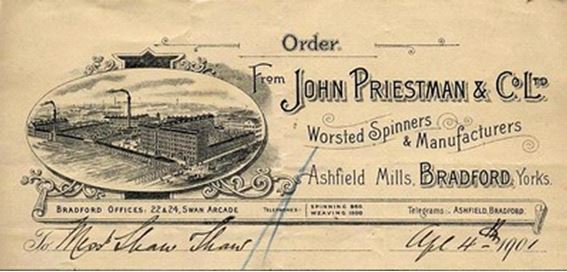
As with most Quakers he was a pacifist and attended local meetings on the subject such as that held at the Friends house at Godmansend in 1847. The main speaker was the Rev. W Stokes an agent for the London Society for the Promotion and Permanent Universal Peace. John spoke at this meeting on the sinfulness of war. Two years later John was one of those to attend a Peace Conference in Paris. On the same page of the Bradford Observer (16 August 1849), there is a report of further deaths from cholera in Bradford. In 1849, there was a meeting to agree how they could petition Parliament about their opposition to the Crimea War.
He devoted his life to peace, temperance and the welfare of his fellow man. At his funeral on 2 November 1866, eleven-hundred of his workers attended to show their respect. The Quaker published memorials wrote of him, ”In addition to the prominent position he held in the Society, he shone brightly as a philanthropist and a Christian citizen.”
Mary (D202) survived her husband by six years dying in 1866.
Of their children:
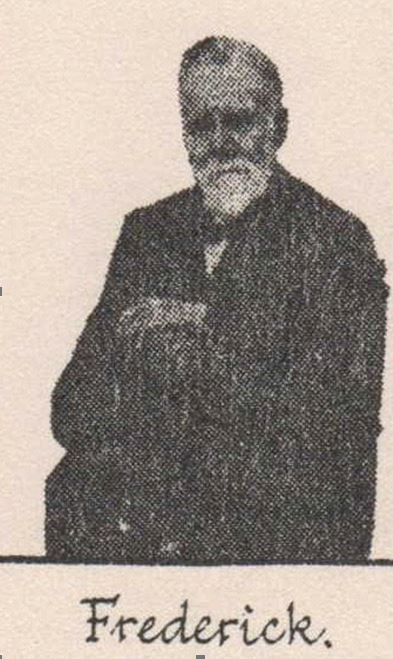
Frederick (D164), born on 27 August 1836, was the second son to John and Sarah. He entered his father’s business in 1854 and when it became a limited company in 1892 he stayed on as chairman.
Although a worsted spinner in 1861 he was recorded as staying with his cousin, Charles Priestman in Headingley who was a corn miller and Charles’ sister Caroline (Children of Frederick’s Uncle Samuel Priestman). Charles is the corn miller at Kirkstall.
On the 13 September 1865 , Frederick marries Mabel Tuke (see Tukes below). By 1881 they were living at Pierrepont, a house on Toller Lane. Frederick is recorded as a worsted spinner manufacturer. They have no children. They are still living at Pierrepoint in 1891. Next door lives Frederick’s nephew, George Edward (son of his brother Edward)with his wife, Louisa Maude and baby daughter, Henrietta.
Frederick entered the council in 1874 and appeared on many committees. He was the Chairman of the Gas Board and managed to obtain an income that was greater than the outlay of the works despite the cost of gas being reduced and this in turn led to a reduction in the rates. Bradford was the first municipal authority to have an electric lighting system and this was due to the endeavours of Frederick. According to the Bradford Weekly Telegraph dated 17 September 1915 (an article celebrating Mr and Mrs Priestman Golden Wedding Anniversary) he helped pave the way for Bradford’s wonderful progress into civic administration. He was keen to promote education and was a supporter of the Day School movement. He bestowed on the population a day off, namely the August bank holiday in 1883 which was celebrated by a fete held in Peel Park. When in 1883 he became Mayor many feared that due to his adherence to temperance, social events would be less enjoyable but Frederick cannily invited his colleagues and friends wives along and allegedly the wine was not missed. He thought of everyone when provided entertainment from those of high office to those living on the fringe of society. He provided events and entertainment for all. When he became mayor he put on a trip on for the employees of John Priestman & Co. Three trains conveyed the workers to Scarborough. He gave each adult “a piece of paper” which translated to £1 for each man and ten shillings to each woman. Each juvenile got two half crowns (five shillings. It is said this involved 1,100 employees. He announced that “he and Mrs Priestman highly appreciated their employees good wishes and for as they lived they would continue to take an interest in every one of them”.
On the death of Alderman Edward West he became the chairman of the Bradford Band of Hope, an office he held for 21 years and to provide an alternative to drinking in public houses he and others started the Bradford Coffee Tavern Company.
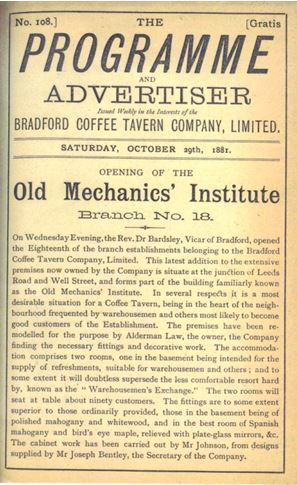
For twenty years he was president of the Friends Provident Institution and director of the Northern Counties Investment Trust.
He was also active in the NSPCC, the Bradford Discharged Prisoners Aid Society of which he was the originator. He was involved with the Bradford Chamber of Commerce, the Bradford branch of the Royal Lifeboats Institute, the Bradford Model Housing Co and the Girls Orphan Home. It is not surprising that in 1926 he was given the Freedom of the City
In 1915 The Frederick Priestman Home for the Blind was formally opened at Frizinghall at a cost £1,500 with the hope that the workshops would be transferred to the site soon afterwards. However the sourcing and costing of the land and works had to be investigated. For 38 years he was chairman of the Royal Institute for the Blind. On his 90th birthday he gave each blind person in Bradford (believed to be about 630) a half crown. A year later on his 91st birthday, he gave £15,000 to the Council, £10,000 was to go to the Bradford Infirmary and the remaining £5,000 to support young people taking up approved courses of adult education. In 1934, shortly before his death he gave £5,000 to build a new infirmary.
When Frederick died on the 7 September 1934 at the age of 98 he left an estate of over £137,000. Mabel predeceased him dying on 25 January 1925. His funeral was attended by the great and good of Bradford and the institutions that he had patronised.
The business was a limited company, Frederick’s brother and past partner had died in 1920. After Frederick died, Edward’s youngest son, Harold (b.1877) remained as a director.
Herbert Priestman (D162) was the son of John and Henrietta Priestman who lived at Thornton Pickering. John was the son of Joshua and Jane Priestman. John born on 16 November 1828, married Henrietta Brady in 1862.
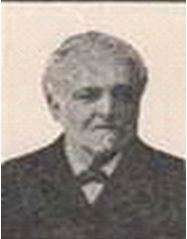
John started as a corn miller at Thornton le Dale, Pickering and was recorded as still living there in 1861. Clearly he was persuaded to follow his Uncle John ** by moving to Bradford. In 1871, John and Henrietta were living in Walmer Villas Manningham with their ten children: Henry Brady (b.1854), Margaret (b.1855), Arthur (b.1856), Herbert (b. 1858), Marian (b. 1860), Edgar (b.1862), Janet (b.1864), Edith (b. 1865) Thornton (b. 1867) and Ida May (b.1870). John is recorded as a worsted spinner manufacturer, land owner and town councillor. He ended his days living at Manningham Lodge. He was in partnership with his brother Alfred (b. 24.04.1831) at Valley Mills, who predeceased him and then he connected to H B Priestman & Co at Brick Mills. H B being his son Henry Brady. He was a councillor for Manningham and was associated with many philanthropic enterprises. He was not buried at Undercliffe but cremated at Scholemoor.
John’s second son Arthur is buried in Undercliffe cemetery (D146). Arthur was born in April 1856. He was educated at the Friends School at Scarborough and then enters his father’s worsted business. On the 23 May 1883, he married Edith Leeming. They settled in Manningham close to other members of the family. They have five daughters, Gladys, Marjorie, Madeleine , Jeanette and Audrey. Edith was a founding member of the Bradford Workers Educational Society in 1909.
The boys of the Priestman family were keen and proficient cricketers, including Arthur.
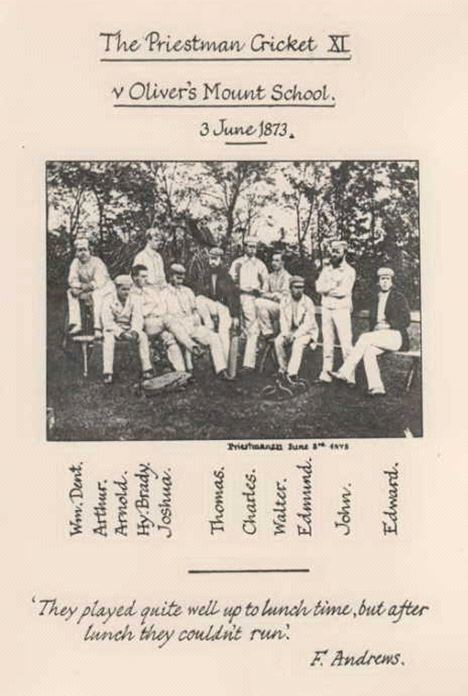
In a “pen portrait” of Arthur Priestman in the Bradford Weekly Telegraph on the 4 July 1903 the following was noted:
“Mr Priestman a manufacturer who is a Labour Leader; a capitalist who is socialist”.
The piece went on to say that prior to entering politics he was very involved with the Friends Adult Education movement and the writer believes that was him mixing with the students that inspired him to enter politics to drive for social improvements. .
The writer states that Arthur looks older than his older brother Henry B. and puts this down to his endeavours for social regeneration. He notes his hair is much greyer than his brother’s. He is described as quiet but someone that is listened to. With his wife whose political and social beliefs are the same as his, he carried his principles even in his domestic life.
This strange position he adopted betwixt capitalism and socialism did not always earn him plaudits but he was criticised for appearing to have one foot in each camp. In 1895, Arthur did stand for the recently formed Independent Labour Party in Manningham. However so did that of his uncle Alfred Priestman
He stepped down from being an IPL councillor for Manningham in 1901.
In 1907 he was a vice chairman of the Bradford Social Crusade Circle and at that meeting he disputed the effectiveness of juvenile flogging despite his views not coinciding with those of the person within the circle, who had been investigating the practice.
Also in 1907 he is re-elected as the chairman of the Independent Labour Party (“IPL”). Edith Priestman was also involved in promoting the party and at her lecture “New Worlds for Old” in Keighley in 1909 caused the increase of members.
He became an alderman in 1910 when Jacob Moser became Lord Mayor. His and other experienced past councillors were chosen to prevent the posts being dominated by the young and inexperienced. The announcement was made in the Bradford Weekly Telegraph on the 10 November 1910. On the same page was a brief article about old age pensions. Arthur was one of the founding members of the Benevolent Fund of the aged and infirm workpeople of Bradford. The reason for the article was the introduction of a national scheme where payment would be received at seventy years of age. In view of this the Bradford scheme would pay a pension from sixty to seventy years of age.
In 1917, there was a meeting of the IPL, reported in the Labour (29.09.1917) when a silver rose bowl was presented to Edith and Arthur Priestman, however due to ill health, Edith could not be present and so Arthur was accompanied by his daughter Madeleine. As Arthur was suffering from a “weakness of the throat”, Madeleine read his speech. It was recorded that Arthur was stepping down from public duties due to health problems. He reminisced on how in 1892 he had left the Liberal Party with which his family had long been associated in favour of the newly formed IPL as he preferred its policies.
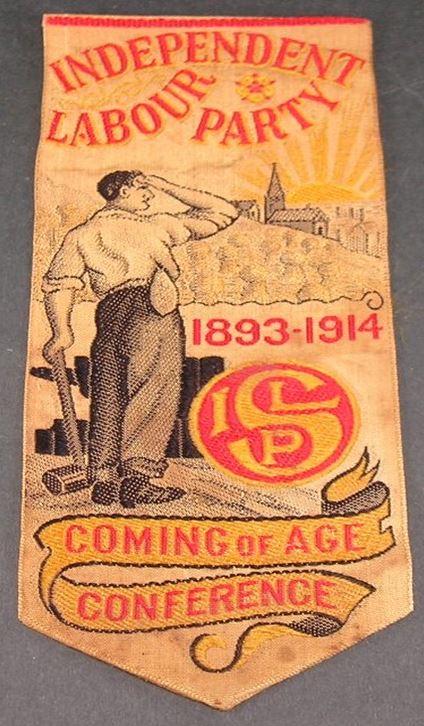
Mr F K Jowett speaking for the party said that Arthur and Edith were not leaving the party not at its birth but he hoped at the end of a wicked and bad system. “Throne were toppling, constitutions were in the melting pot”. Mr Jowett further referred to Arthur ‘s work for the city particularly in housing, with the unemployed for which Arthur championed the opening of an employment bureau and the feeding of poor children.
Arthur died at his Menston home on the 19 January 1918 succeeded by his wife.. Prior to his death he had spent some of his retirement touring Australia and New Zealand with his wife.
Herbert, Arthur’s brother (D162) was born on 18th of August 1857 and died on 16 January 1871.
Mary Ann Priestman (D163) started life as Mary Ann Tuke, daughter of Daniel and Mary Ann Tuke (D160 see above).
On the 22 March 1865 she married Alfred Priestman. Alfred was the son of Joshua and Jane(Nee Evans – see tree above)
Alfred came to Bradford to learn the woollen trade in 1849 and in 1851 set up his own firm. Later his brother John joined him.
Alfred and Mary Ann settled in Mornington Villas where Alfred is recorded in 1871 as being a master worsted spinner manufacturer employing 380 hands. The couple have a son Alfred Tuke Priestman on 26 January 1868. They also had a daughter, Ethel Mary in 1872.
Sadly, Mary Ann dies on 29 January 1879 aged 36 (D163). Alfred remarries in 1887. His new wife is Ellen Maria Ellis daughter of John and Priscilla Ellis of Belgrave, Leicestershire, a worsted spinner manufacturer and an MP. Ellen M. moves into the family home at Manningham Lodge, Toller Lane. Alfred and Ellen have no children.
In 1889, Alfred retires and in 1905 he returns to Thornton Dale.
He was very interested in education and in from 1882 to 1903 he was on the board for the Bradford Schools often being in contact with the schools themselves. He was also associated with the Coffee Tavern Company and the Society for the Prevention of Cruelty to Animals. He was politically Liberal and pursued peace and temperance. He faithfully maintained his Quaker beliefs throughout his life. He died on 28 January 1910.
N.B.
Frederick Priestman aged 21 the grandson of Alfred (and son of Alfred Tuke Priestman) was killed in a flying accident in 1927. He was a flying officer in the Air Force and one of three men killed. He was flying for Hawkinge and was flying to Lymphe when he and the other pilots became lost in fog.
John Priestman** with his second wife Mary Smith has a son Walter who married Marian Priestman (his first cousin once removed) and they had several children, one being Colin (b. 15.09.1893) he died on the 8 August 1918 carrying out his duties in the Friends Ambulance Unit at Treslon, France.
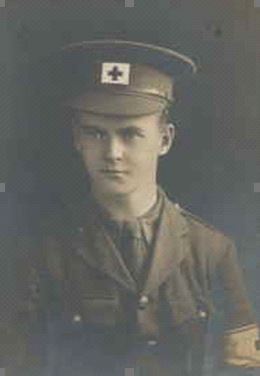
Research by Deborah Stirling 2020
Sources:
- Photos with thanks to John Harbourne
- Census
- Birth death and marriage records
- Newspapers:
• Yorkshire Post and Leeds Intelligencer
• Leeds Mercury
• Bradford Observer
• Yorkshire Evening Post
• Votes for Women
• Shipley Times & Express
• Oxford Chronicle & Reading Gazette
• Brighouse News
• Western Times
• Daily Mirror
• Clarion
• Bradford Daily Telegraph
• Labour Leader
• Wharfedale & Airedale Observer

